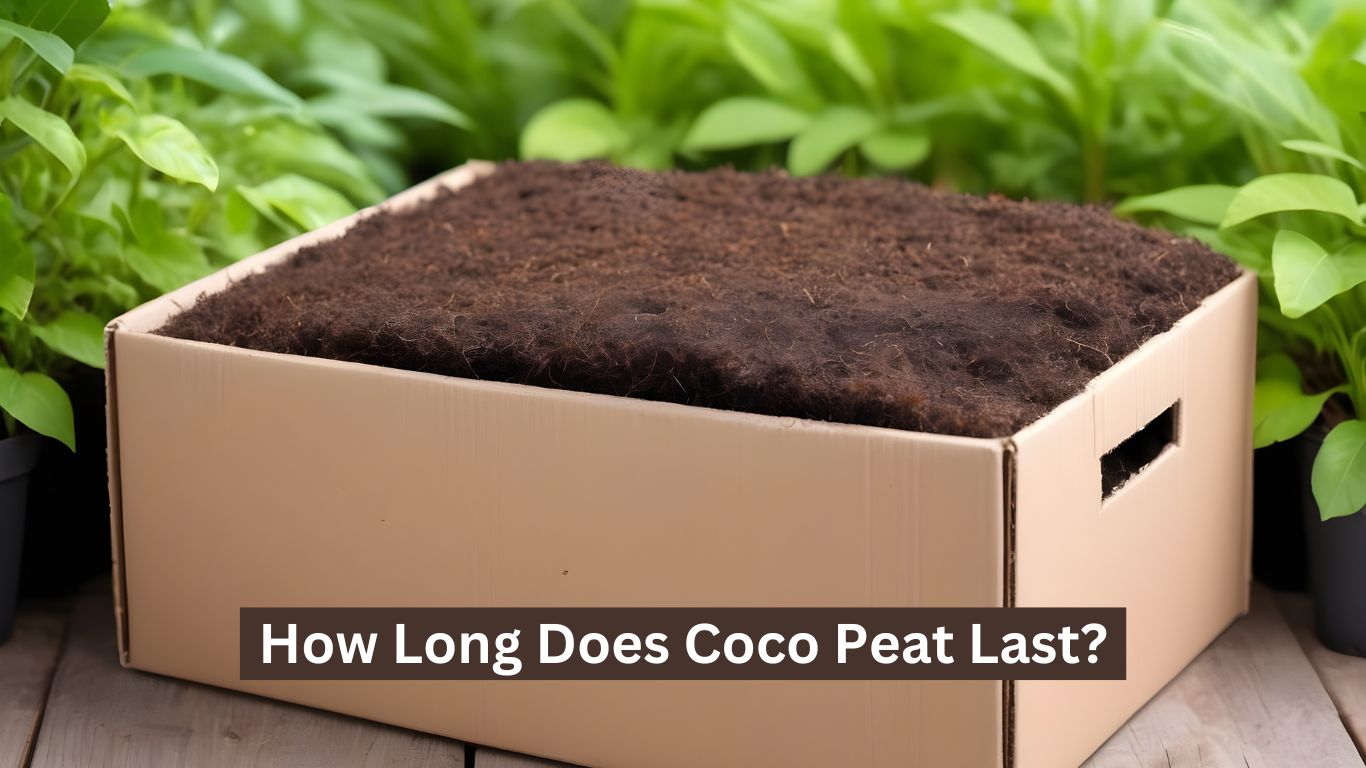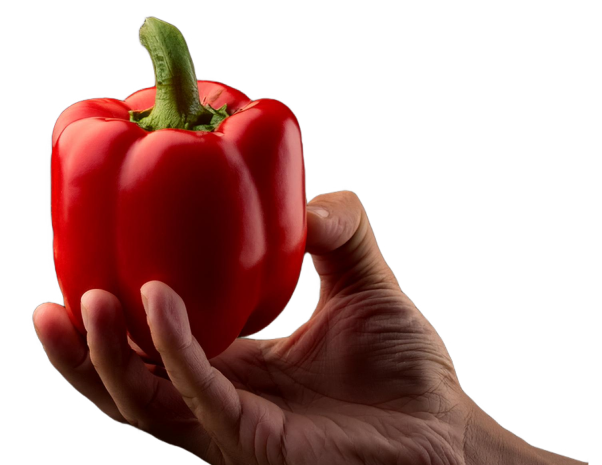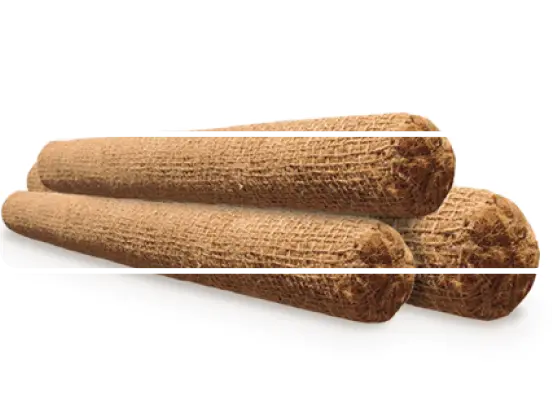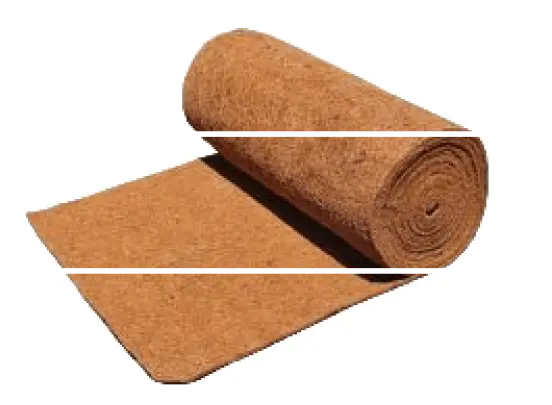

Are you considering stepping into the green side of gardening or are you already a seasoned plant enthusiast exploring new soil alternatives? If you’ve nodded your head, then you’ve probably heard of the versatile and eco-friendly coco peat. But, have you ever wondered, “How long does coco peat last?” This seemingly simple question opens a gateway to understanding the intricacies of cocopeat, its lifespan, and how you can make the most out of this natural wonder.
Let’s dive straight into the core query – how long does coco peat last? The lifespan of cocopeat hinges on several factors that revolve around its quality, storage conditions, and usage.
The longevity of coco peat is tied to its quality. Opting for premium quality cocopeat ensures that you are starting with a solid foundation. High-quality coco peat is characterized by its consistency, free from impurities, and well-structured fibers. These features contribute to its durability and ability to retain moisture, which directly impacts its lifespan.
When shopping for coco peat, make sure to look for reputable suppliers like Coirmedia who adhere to quality standards. This not only guarantees a longer lifespan but also promotes healthier plant growth.
The way you store your cocopeat is a game-changer in determining its lifespan. Cocopeat, being a natural product, is susceptible to environmental conditions. It thrives in a cool, dry place with minimal exposure to sunlight. Prolonged exposure to sunlight can lead to the breakdown of its structure, diminishing its water retention capacity and overall effectiveness.
Pro tip: Store your coco peat in a breathable bag or container to prevent the accumulation of
moisture, which could lead to mold growth. By providing the right cocopeat haven, you ensure its quality remains intact for an extended period.
The way you use coco peat plays a pivotal role in determining its longevity. Over time, continuous use and rehydration can cause the fibers to break down, affecting its overall structure. This is particularly true if you are reusing coco peat in a potting mix. While coco peat is known for its ability to be reused, it’s crucial to strike a balance.
Avoid overcompacting the coco peat in your pots, as this can lead to reduced aeration and drainage. Regularly monitor the condition of your cocopeat, and when you notice a decline in its structure, consider refreshing the mix to ensure optimal performance.
Now that we’ve unraveled the factors influencing the lifespan of coco peat, let’s explore some practical tips to extend its longevity.
The lifespan of coco peat is not set in stone; it’s a dance between quality, care, and usage. By understanding the factors influencing its longevity and implementing simple yet effective practices, you can make your coco peat go the extra mile. So, the next time you find yourself pondering, “How long does coco peat last?” remember, with the right approach, it can be a long-lasting companion in your gardening journey. Happy planting!

Mathew is a product designer and engineer at Coirmedia, where he combines his passion for sustainability with his design and engineering expertise. He develops innovative coir products that are not only functional but also eco-friendly. Driven by a desire to share his knowledge, Neil is passionate about writing and teaching, aiming to educate others about his ideas, innovations, and the technology behind them.


CoirMedia (UK) Pvt. Ltd
85 Great Portland Street,
First Floor, London,
United Kingdom





